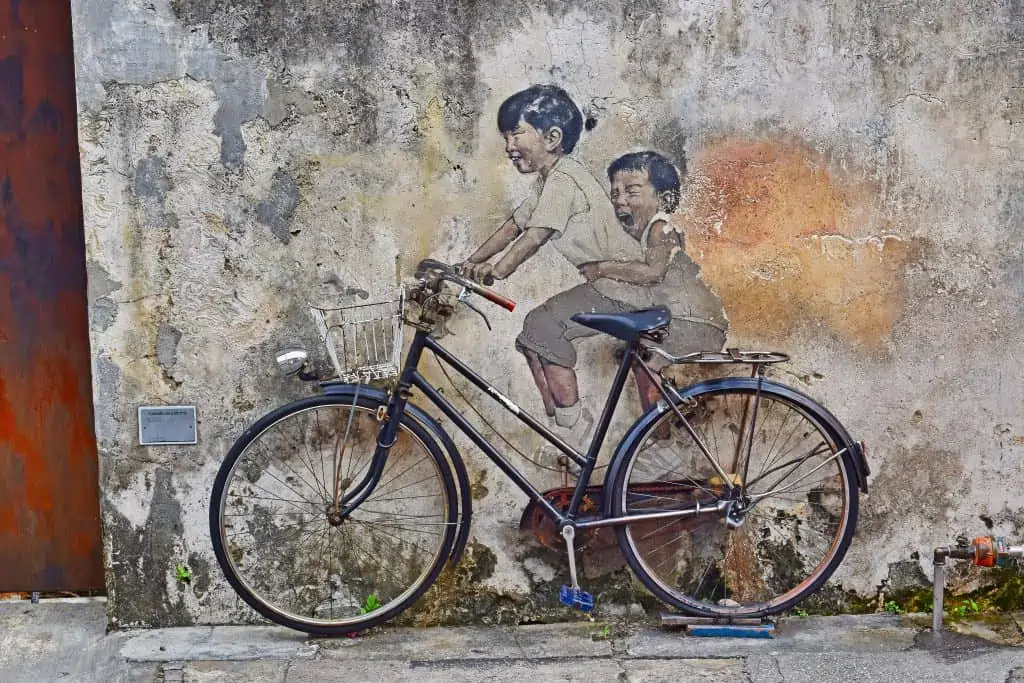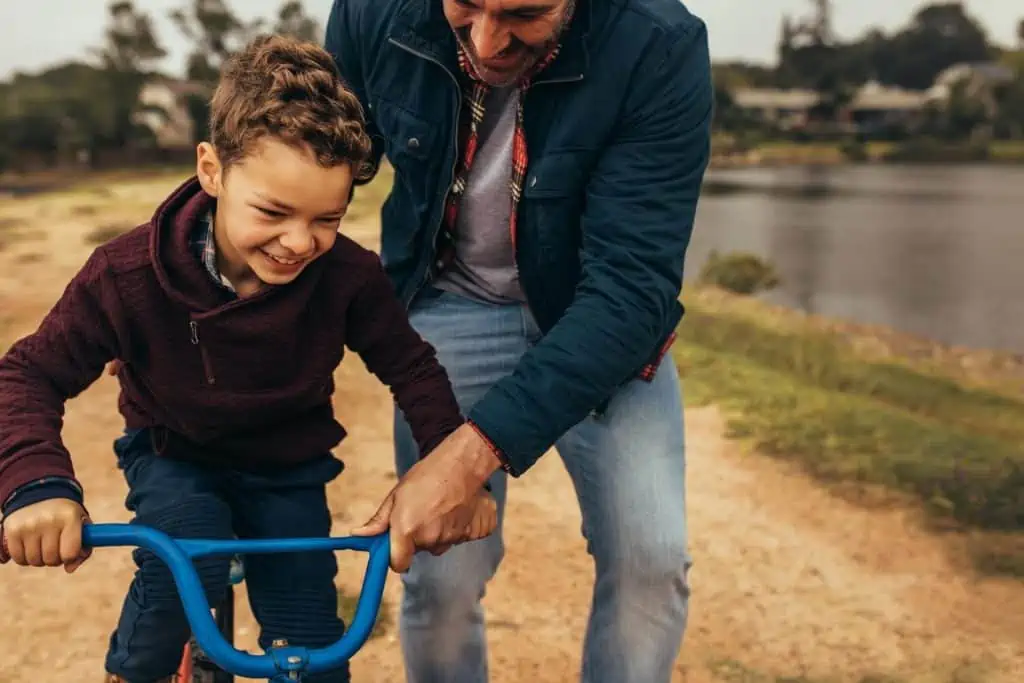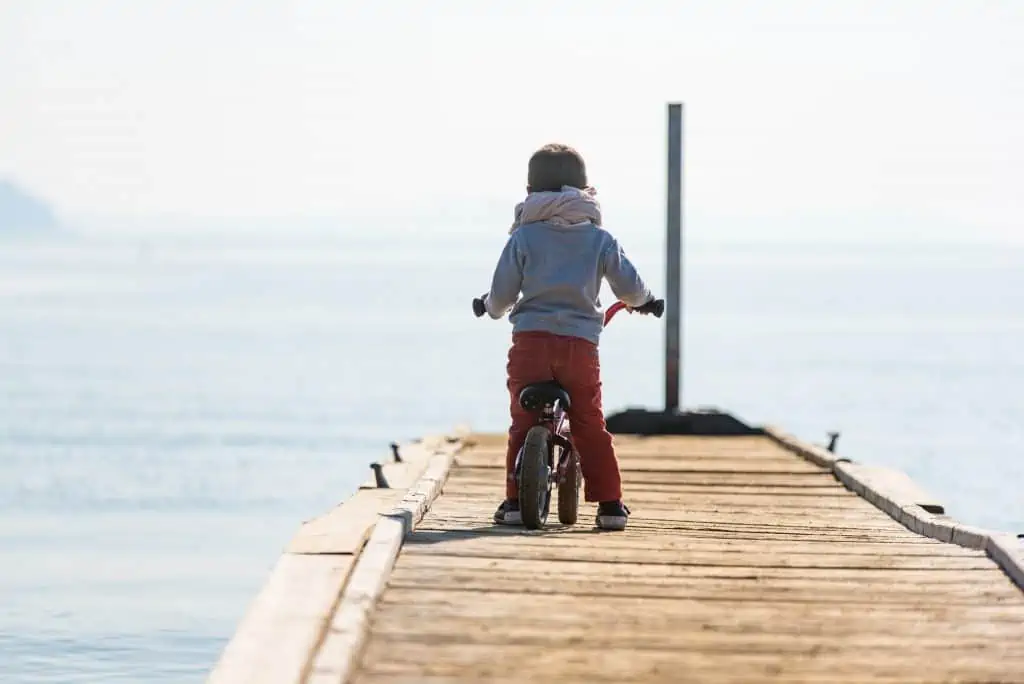Discover the most popular bike types with me!
If you want to buy a new bike today, when you do not have specific expectations or simply cannot decide on a specific model, you can grab your head. There used to be 3-4 types of bikes to choose from in stores, today each of us can easily find a bike that is practically perfectly suited to the way we prefer.
There are plenty of bicycle variants at the moment, from traditional city bikes to electric cargo bikes – very popular in the Netherlands and Asia.
Popular Bike Types on the market today
Mountain bike (MTB)- one of the most popular bike types for adventure seekers
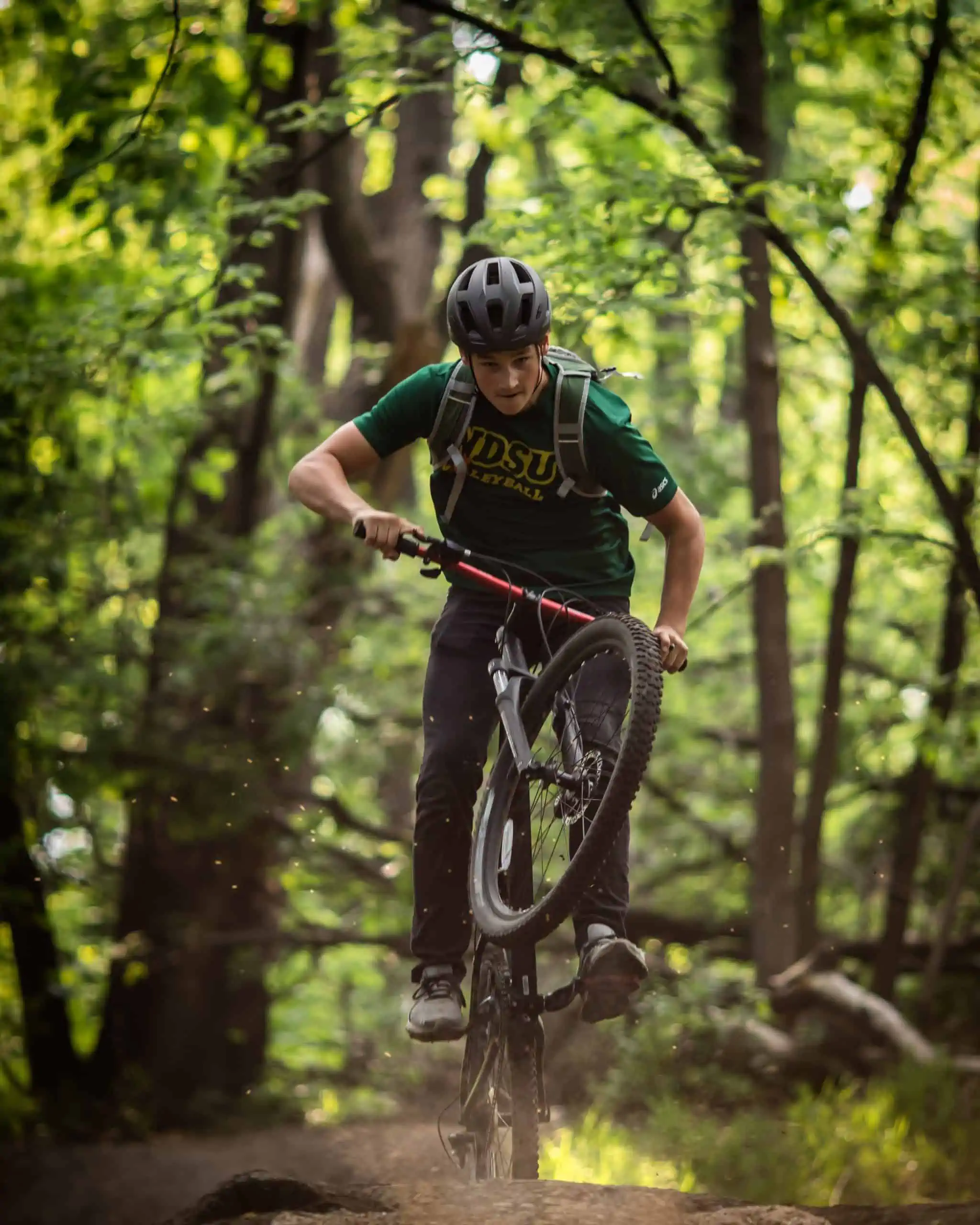
This type of bike probably needs no introduction. MTB bikes were created for off-road riding, off asphalt roads. They are usually equipped with 26/27.5/29 inch wheels, wide tires with an aggressive tread and one or two shock absorbers. Because of theirs durability and great versatility, they have become a good choice also for city driving. I used to laugh a little at this choice, but after thinking about it for a while, I changed my mind. Turns out MTB is one of the most popular bike types.
– Wide tires that absorb unevenness well and allow for easier off-road driving, but of course you can put narrower ones at your discretion and needs.
– Depending on the geometry of the frame, you can sit on it in a more reclined or upright position, it is best to check it before buying.
– 26, 27.5, 29-inch wheels to choose from, although currently 26-inch wheels no longer appear on higher models.
– Often the construction of the mountain bike is more armored: stronger rims, more solid frame. But of course a lot depends on the budget.
– The travel of the shock absorber in highlanders (with the front shock absorber) is usually 80-100 millimeters. Although there are models from the trail category that are equipped with a larger travel of 120-140 mm.
– Usually, the drive is tailored for off-road driving, i.e. it has softer gears available that make it easier to climb up.
Among mountain bikes, we distinguish several subgroups:
• Trail, All Mountain – trail mountain bikes with a larger stroke, dedicated to tourist mountain riding, as well as riding and jumping on singletracks (specially prepared paths in forests and mountains). Usually, these are full-suspension bikes (with a front fork travel of 130-150 mm), although you can also find bikes with only a front shock absorber with increased travel and changed geometry.
• XC – more advanced and lighter bikes, for harder off-road riding (including racing). For “diversity” here we will also find bikes with comfortable geometry, more aimed at lovers of mountain tourism. The front shock absorber usually has a stroke of 100 mm. If there is a rear shock absorber, most often the suspension travel oscillates between 90-100 mm.
• Enduro – fork with 160-170 mm travel, and frame geometry even more focused on sliding and jumping.
• Downhill – is actually a sport discipline in which only riding downhill counts. Downhill bikes have a full suspension with long travel (200 mm and more shock absorber), a very solid frame and large diameter brake discs.
Cross bike
Cross bikes, to put it simply, are trekking bikes, but without any additional tourist equipment. As a result, they are usually a little cheaper and lighter. Most of them give you the option of mounting a rack, mudguard or kickstand if necessary. Just like trekking, crosses are bikes for universal – tourist and urban riding. They are often chosen for the first bike, especially when you don’t know which way your cycling passion will go. It is just worth remembering that these are not bikes for riding in more technically difficult terrain, mountain bikes with a larger shock absorber stroke and wider tires are used for this purpose.
– Theoretically, you could say that it is a trekking bike, only without accessories. This is the case with many manufacturers. Some of them have a slightly more aggressive geometry, although it is still comfortable.
– Here the wheels are also 28 inches, the tires usually have a width of 38 to 44 millimeters. You can go ahead and put wider and higher tires, although before buying it is worth checking whether they will fit in the frame / fork and whether the front one will not rub against the shoe when turning. Many cross bikes will not fit tires with a width of, for example, 2.35 inches, which will be easy for highlanders.
– Rigid forks are also present here, but very rarely. Fitness bikes are produced with rigid forks, but I would put these a bit closer to a road bike than a cross bike.
– The shock absorber usually has 50-65 millimeters of travel. For driving on asphalt and gravel roads, you don’t need more.
– A cross bike is usually equipped with a drive of exactly the same type as a tourist (trekking) bike.
Gravel bike – one of the most popular bike types for people who love adventures and speed
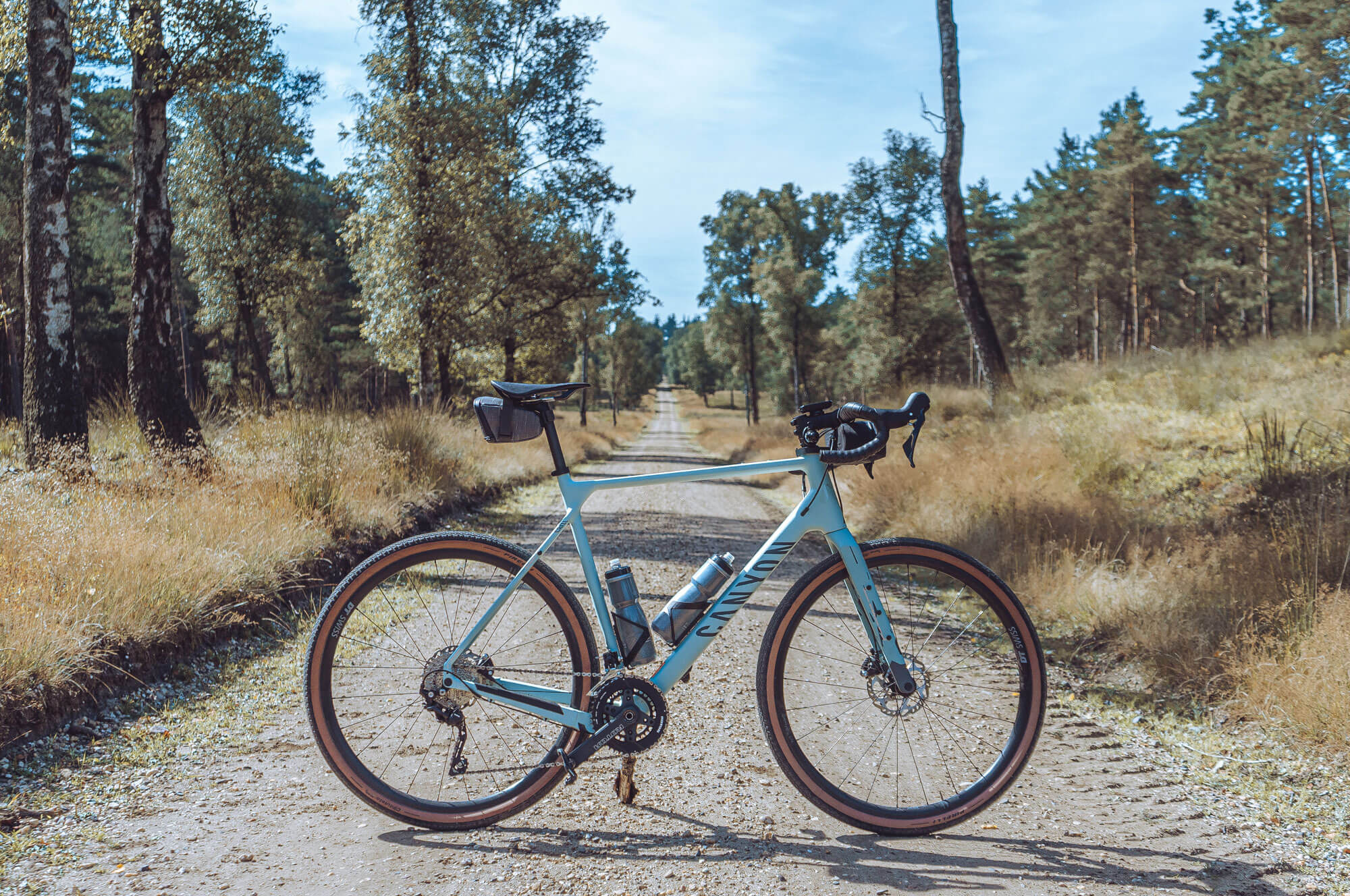
Gravel bikes are a relatively new variant of the bike, it is actually a variation of a road bike adapted to riding off asphalt roads. Gravel bikes nowadays aspire to be the most popular bike types.
Simply put, it’s a comfortable road bike with more tire clearance, road bike style handlebars with bent ends for off-road riding.
Recently, they have become very popular and it does not surprise me at all – when buying a Gravel Bike, we get a fast and comfortable bike that we can use on gravel roads or forest paths.
In these bikes we often have the option of mounting mudguards and racks. Nothing stands in the way of putting more road tires on such a bike and riding it on the asphalt almost like on a full-fledged road bike.
On my blog you will find an article dedicated to gravel bikes
Trek bike
– Narrower tires that will ensure comfort on asphalt, but also allow you to drive faster. They can be replaced with wider (and taller at the same time), just remember about the mudguards and frame design.
– Additional equipment: each trekking bike has factory mudguards, a rack, a kickstand, and in higher models, dynamo lighting (preferably hidden in the hub), an ergonomic handlebar, and sometimes a pump.
– A more comfortable and upright position behind the wheel than in a highlander, although again a lot depends on the geometry of a particular bike.
– Most bikes have 28-inch wheels (the rim has the same diameter as 29-inch wheels, the difference is only in the height of the tires), but you can find trekking bikes with 26-inch wheels.
– You can find a bicycle with a rigid fork. Such bikes are lighter and the shock absorber does not absorb energy when pedaling unnecessarily. Well, unless we buy a bike with the ability to block the shock absorber. Interestingly, rigid forks can be found either in the cheapest trekking bikes or in those from the higher shelf. They dominate the mid-range
– The shock absorber usually has 50-65 millimeters of travel. For driving on asphalt and gravel roads, you don’t need more.
– Trekking bikes have a slightly weaker structure, smaller cross-sections of frame tubes, smaller diameter of shock absorber legs. But they are also not vulnerable to damage like highlanders.
– The drive usually allows for harder gear ratios.
City bike – one of the most popular bike types for everybody
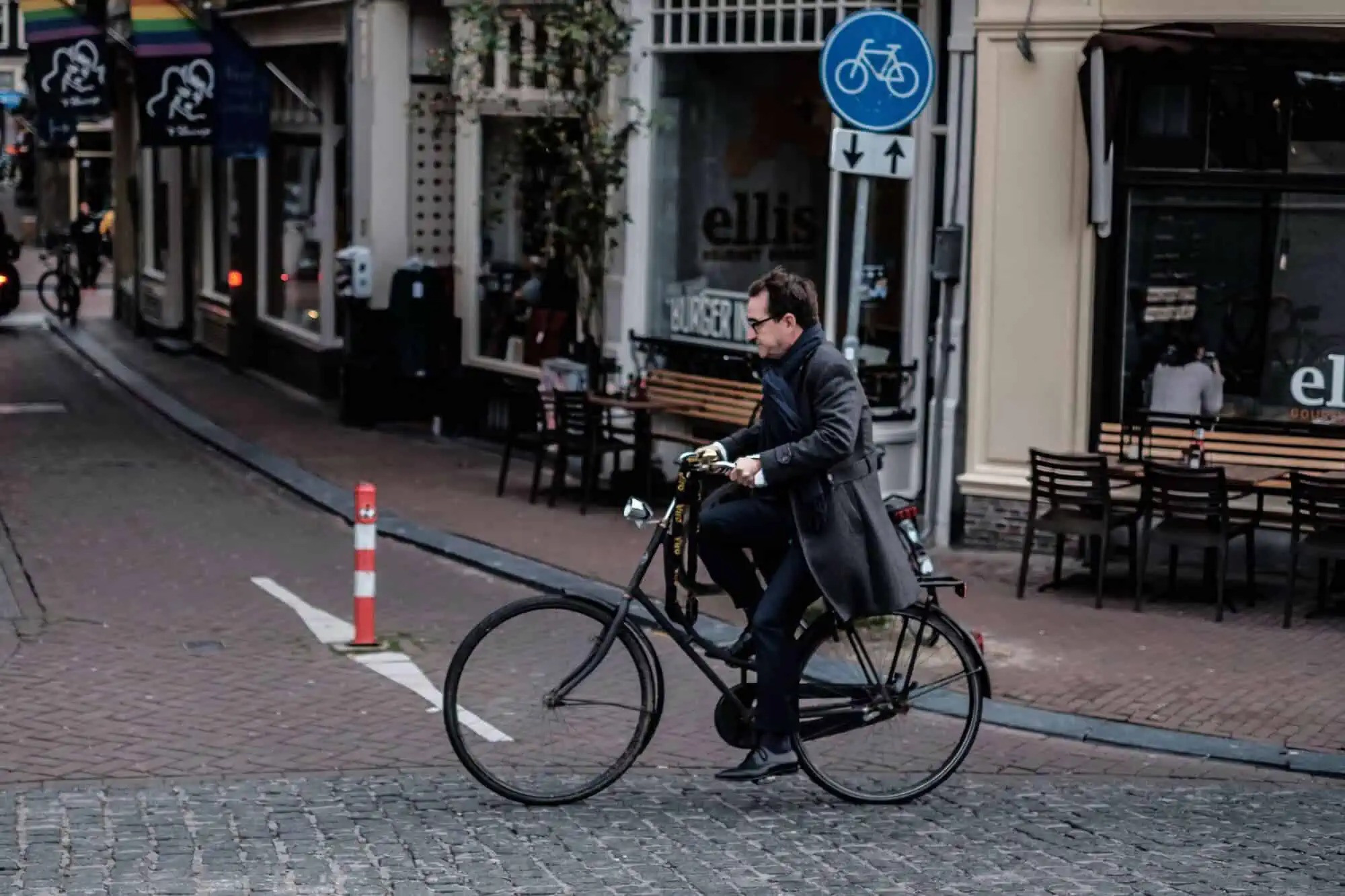
This is the most popular type of bicycle in the Netherlands – the world’s kingdom of bicycles. City bikes are also becoming more and more popular in US cities. The construction of the frame makes it easy to get on and also makes you sit upright on it. This allows you to see everything better and does not strain your back while driving. The characteristic feature of a real city dweller is the planetary derailleur, i.e. the derailleur hidden in the hub of the rear wheel. Thanks to it, you can change gears while stationary, and the drive is less dirty. City bikes are very often equipped with accessories that make riding more pleasant: in addition to mudguards and a rack, it is also a basket (or rack) on the handlebars, a full chain cover, a kickstand and lighting.
Electric bike
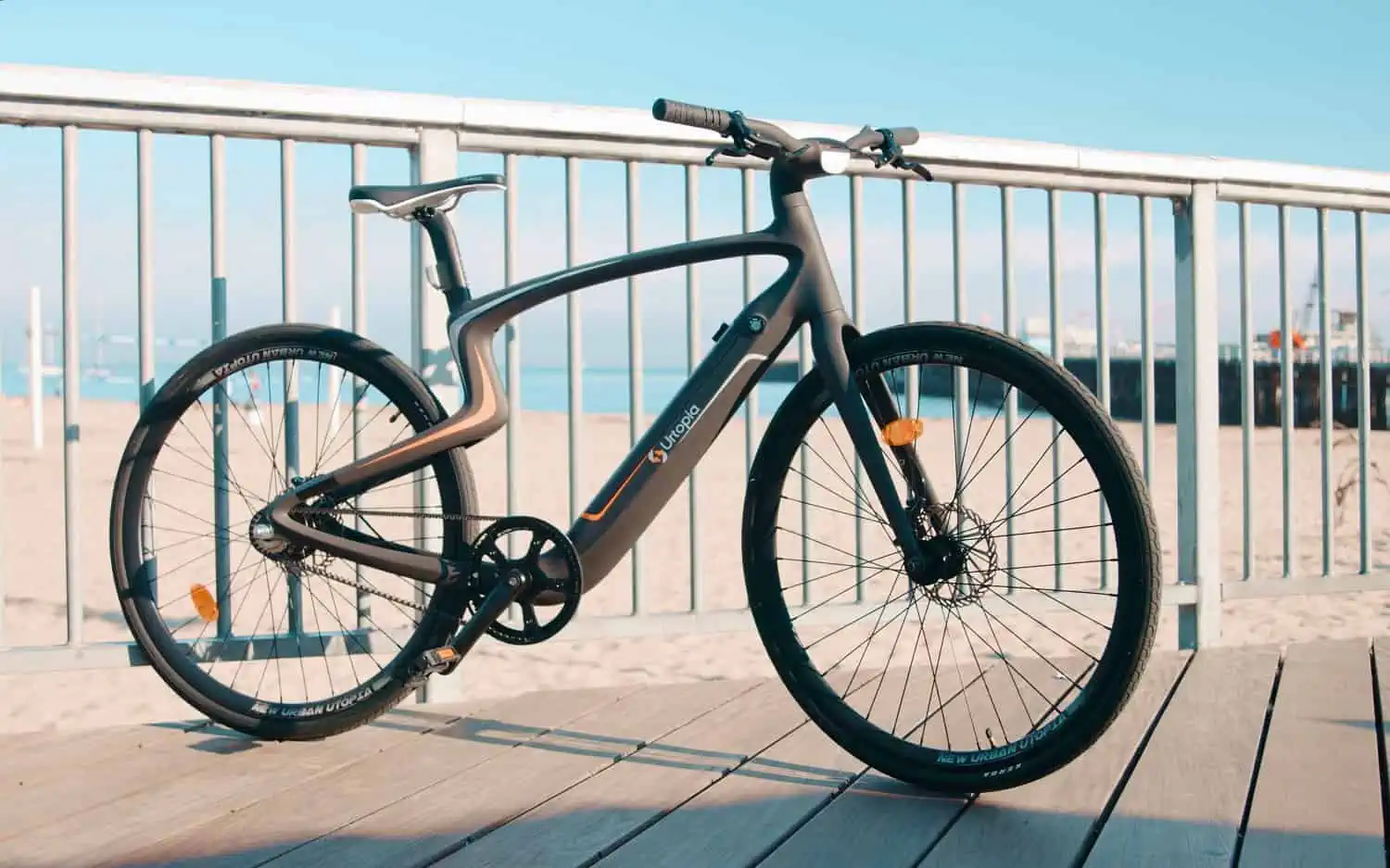
I am listing electric bikes here not as a separate type of bike, but as an option that appears on more and more models. Such bicycles are equipped with a motor that assists pedaling, a battery and a lever on the handlebar that controls the power of the assistance. In most countries, regulations specify the parameters for an e-bike – usually it can have a motor with a power of up to 250 Watts, only working when pedaling, and can only assist us up to a speed of 15 mph. Electric assistance appears in more and more bikes, not only city and trekking bikes, but also mountain and road bikes.
You can read more about electric bikes in my article dedicated only to this type to electric bikes .
BMX Bike
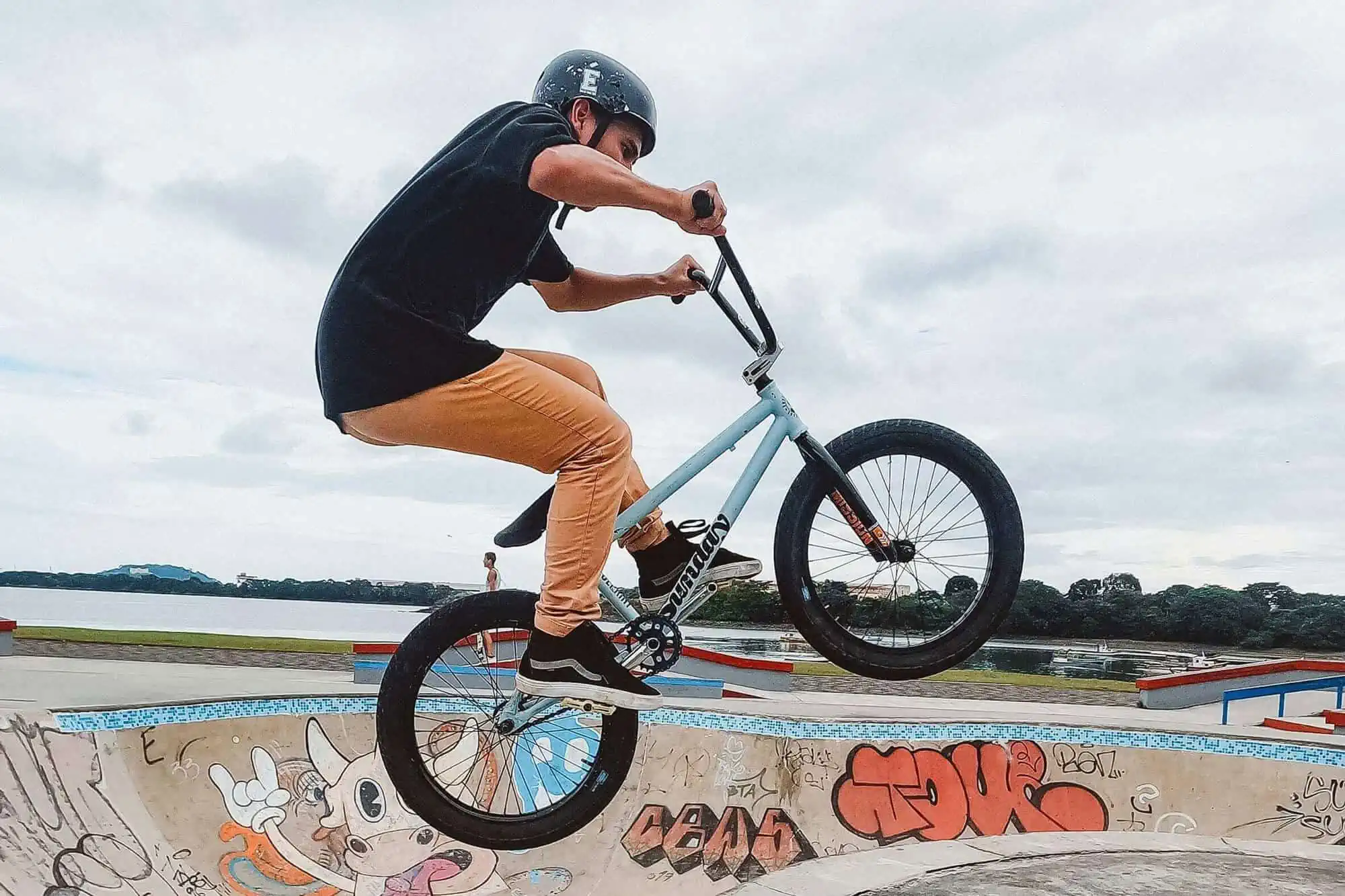
The dream of many kids, as well as the passion of adults. BMX is a bike for jumping and doing tricks on specially prepared tracks and in urban conditions. Its characteristic features are small, 20-inch wheels, an almost vertical steering wheel and pegs, i.e. special tubes mounted in the axis of the wheels, making it easier to do tricks. BMX bike was, is and will be one of the most popular bike types for kids and teenagers.
Dirt Bike
Bikes dedicated to riding on specially prepared jumps. Jumps and tricks are their element. These types of bikes are often successfully used for fun riding around the city.
Cargo Bike – one of the most popular bike types for bike couriers
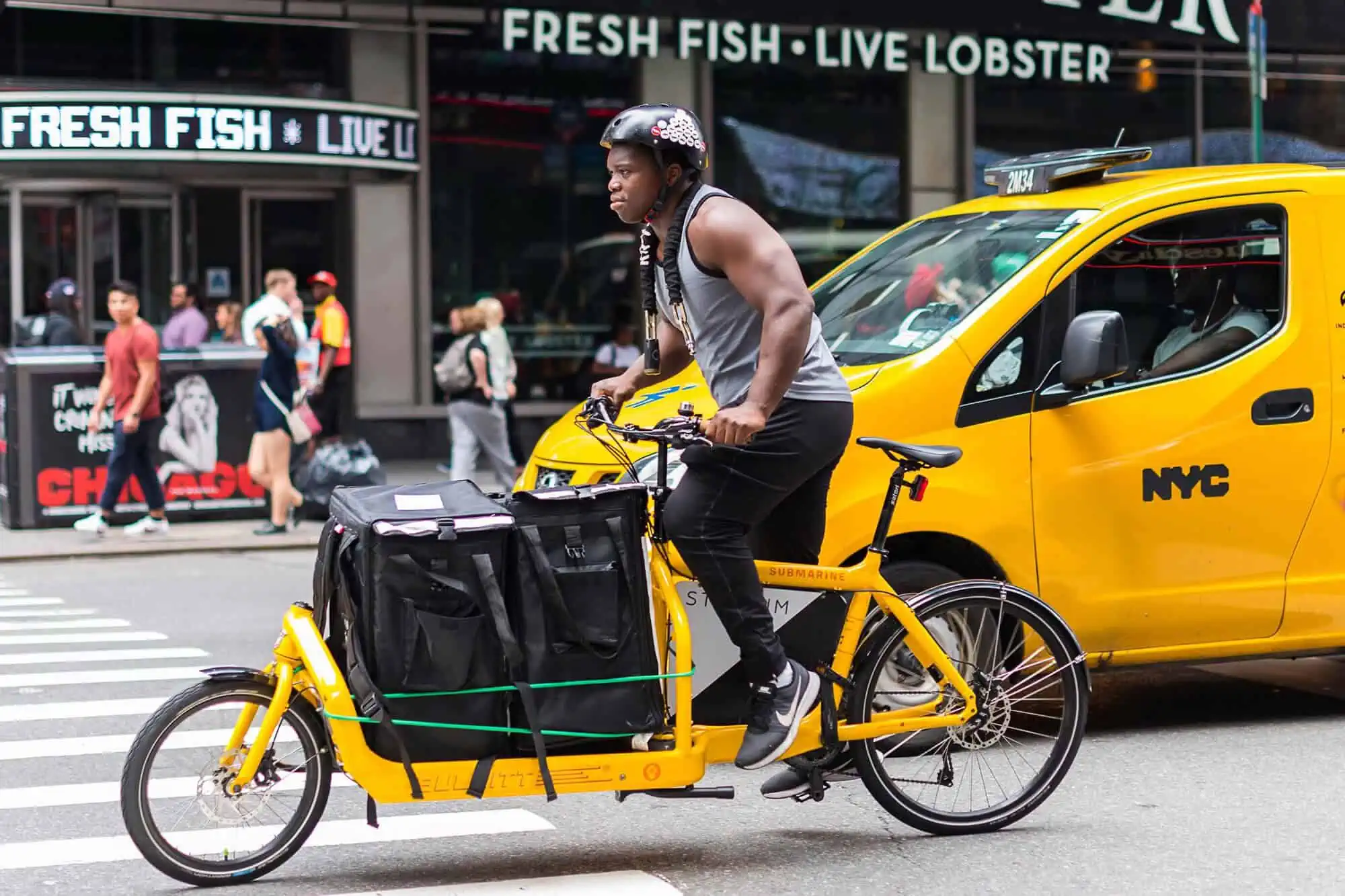
These bikes are just gaining popularity in the world, although they have already conquered the Netherlands – in Dutch cities you can meet them everywhere in different variants (In the Netherlands this is really the most popular bike type) . More and more often we also meet them in American cities – in New York or LA. They work well when transporting a larger load, and are also suitable for transporting people (most often children are transported), or our hairy friends (dogs 😊).
Folding Bike – one of the most popular bike types for commuters

Folding bicycles are a very convenient solution that facilitates the transport of a bicycle in public transport or a car. Many people appreciate the possibility of folding in a situation where housing conditions do not allow you to store a full-size bicycle. This is one of the most popular bike types for commuters as you can take it with you on public transport.
Road Bike – one of the most popular bike types for speed lovers
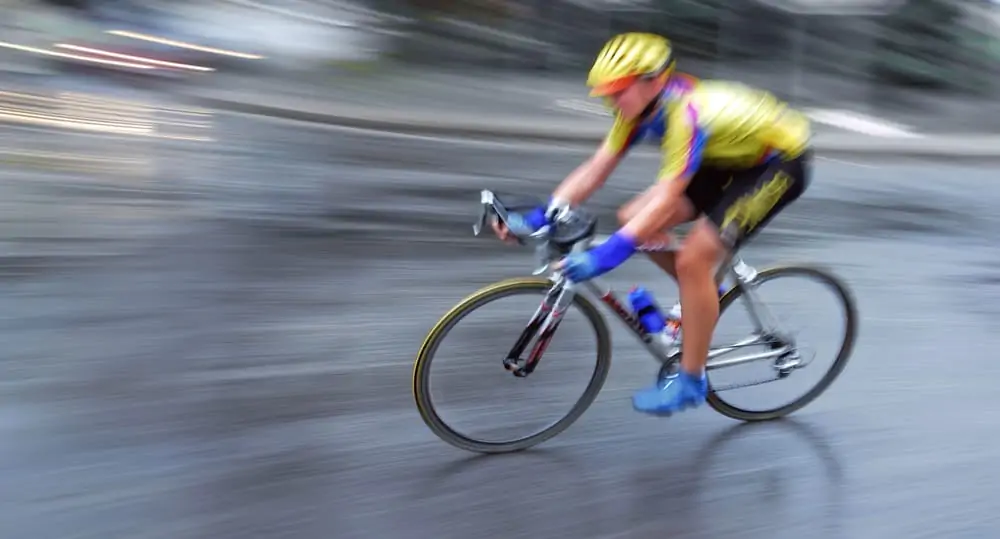
As the name suggests, it is designed for riding on asphalt. It has large, 28-inch wheels, with narrow (usually 23-28 mm) and smooth tires. The steering wheel (so-called lamb) in a road bike is bent in a characteristic way, allowing for a more aerodynamic position. In road bikes, you brake and change gears using levers that allow you to perform both actions without taking your hands off the handlebars. Depending on the geometry of the frame, typical road bikes can be divided into two groups: sports and endurance – they differ mainly in the position taken behind the wheel. The latter enable a more comfortable, tourist position and more comfortable overcoming longer distances. Road bikes are the most popular bike types for people who love the speed.
• Track bike – used for racing on a special closed track. This bike has no brakes or gears. It has a “fixed wheel” drive, i.e. it cannot be driven without pedaling.
• Cross-country bike – at first glance, it looks like a typical road bike. Upon closer inspection, you will find that it has wider tires (usually 33mm) with aggressive tread, slightly different brakes (allowing you to fit a wider tire), and often slightly different gear ratios. It enables efficient movement in less demanding terrain. This is a very good bike for winter training.
• Triathlon Bike – the geometry of the frame and the lemonade mounted on the handlebars allow you to take an even more aerodynamic position behind the wheel. These types of bikes are mainly used in competitions where you ride alone for time.
Fat Bike
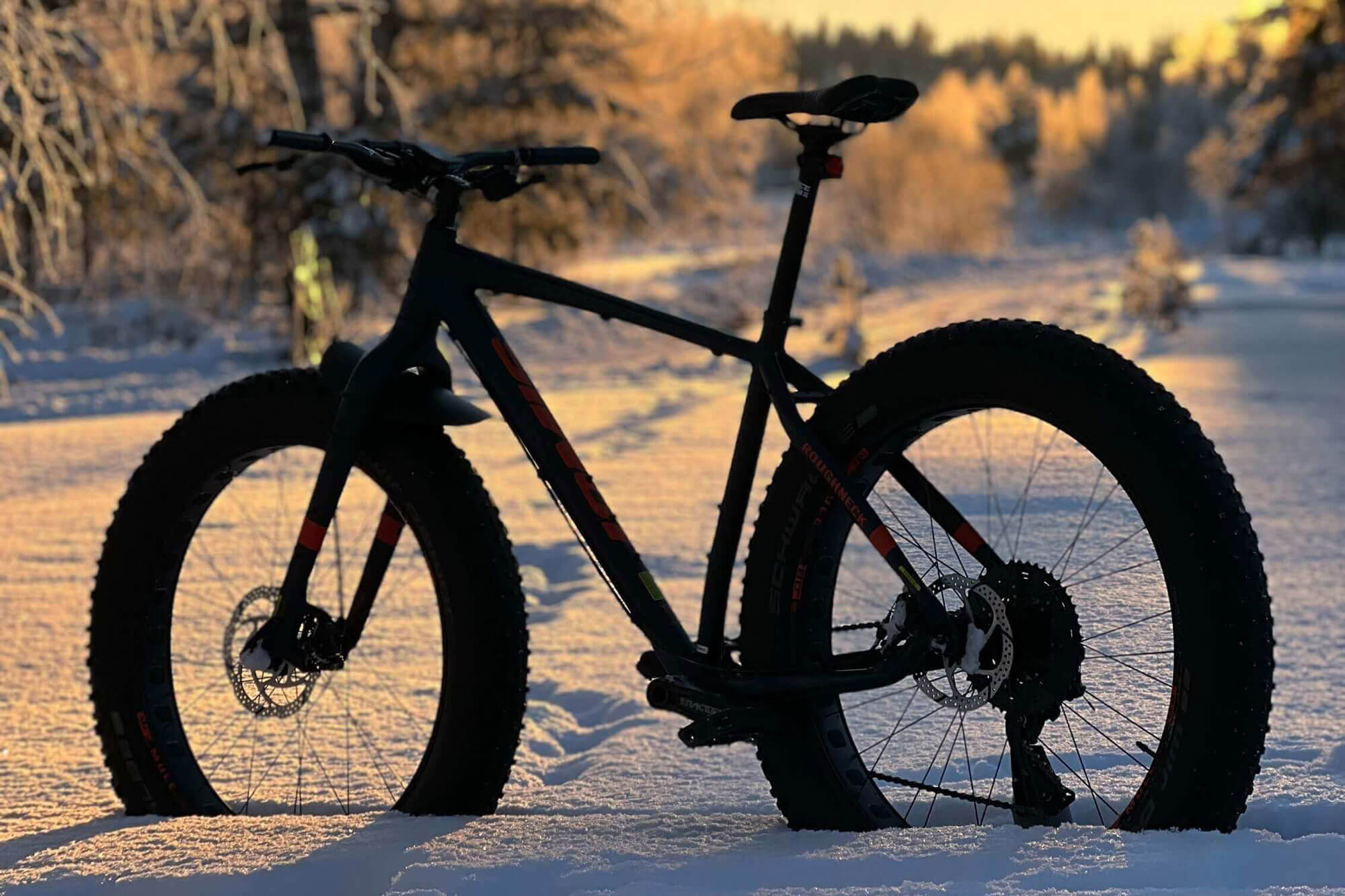
It is a bike built on the basis of MTB. It is characterized by massive tires with a width of 4 to 5 inches (100-125 mm). Such wide tires make the fat bike very good when driving on snow and sand. Often, a shock absorber is not used in such bikes, and its task is taken over by a wide tire.
Fixed Gear/Slow Run
Fixed gear is a type of drive in which you have to pedal to go. In other words, there is no freewheel on the bike, which allows you to stop pedaling and roll at the same time. Fixed gear can be found in track bikes, some children’s bikes, as well as in some city bikes (commonly known as “fixed”).
On the other hand, a freewheel (single) is a bicycle in which there is also one gear, but the hub is equipped with a freewheel that allows you to stop pedaling. On some bikes you can find a flip-flop rear hub, where there is a sprocket with a freewheel on one side and a non-freewheel on the other. And you can assemble the wheel as you like to get a fixed wheel or a freewheel.
Summary
The most popular bike types listed above are not all variants of bicycles that can be found on our streets. There are also rickshaws, bicycles (the ones with a huge front wheel and a tiny rear one), unicycles, bicycles for the disabled, tandems or tricycles, in most cases these are custom-made bicycles.
